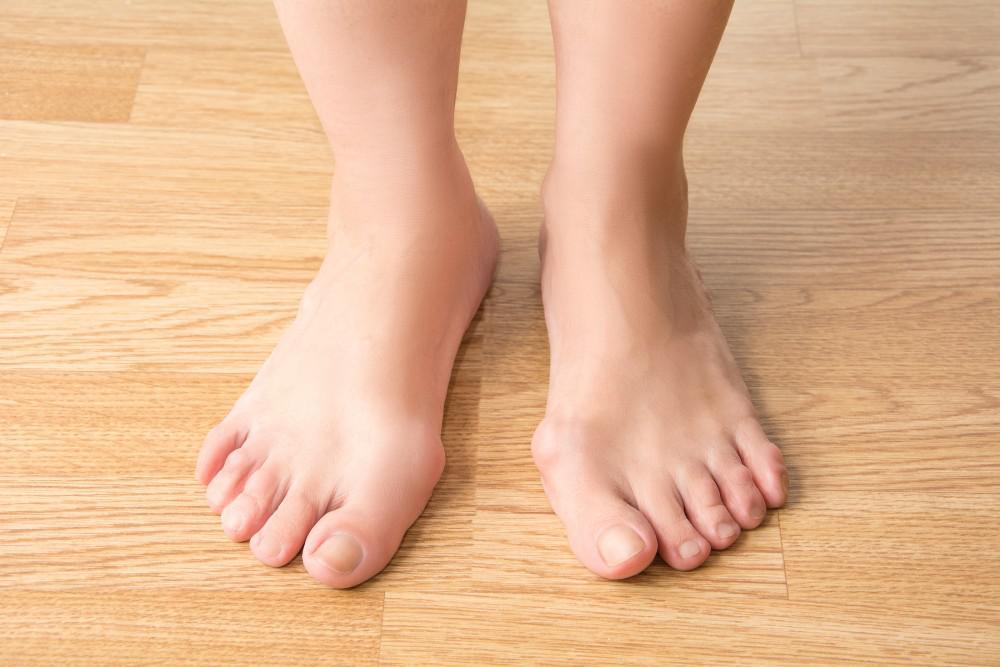We hate to be the bearers of bad news, but that painful, bony bump on the side of your foot won’t just go away by itself. If it’s a bunion, it requires some medical attention if you want relief, which — depending on your situation — could mean something as simple as shoe inserts or something as complex as foot surgery.
Here at Mountain View Foot & Ankle Institute, we like to keep our patients informed about their foot issues and how we care for them. Our Dr. David Glover explains bunions and treatment options so you can be thinking about them before you come in for an appointment.
What are bunions?
Bony protrusions from your forefoot, bunions can become extremely painful and limit your ability to engage in activities you need or want to engage in. Bunions usually form on the side of your foot near your big toe, but can sometimes form beneath your pinky toe.
Symptoms of bunions
The hallmark symptom of bunions is a bump that protrudes from the base of your big toe. It can cause your big toe to point inward toward your second toe, instead of straight forward. Other symptoms of bunions include:
- Pain and soreness in the foot
- Numbness in the foot
- Swelling, inflammation, or redness at the site of the bump
- Calluses or corns
- Reduced range of motion of your forefoot and big toe
Do bunions require surgery?
Some patients may need surgery to correct their bunions, but it’s usually a last-resort treatment option. If you do need surgery, it usually involves removal or repair of damaged tissues in your foot.
Some people can treat bunions on their own at home with lifestyle changes like avoiding activities that aggravate the bunions or applying ice, but most patients require some sort of middle ground — help from a medical professional, but not invasive surgery.
Common treatment options for bunions include:
Pain-relief medications: Dr. Glover may recommend that you take over-the-counter pain medications or anti-inflammatory medications to help with the discomfort your bunions cause.
Steroid injections: Steroid shots of cortisone can reduce swelling and inflammation around your bunion, which may reduce pain and discomfort.
Shoe inserts: Dr. Glover often prescribes custom orthotics, which are special shoe inserts made just for your feet. These can reduce or eliminate impact to your bunions to reduce pain or keep them from worsening.
Footwear prescription: Dr. Glover may recommend that you get specially fitted for new shoes in order to increase your comfort.
Physical therapy: Sometimes bunions can be solved by altering the way you walk or run. If that’s the case, Dr. Glover will refer you to a physical therapist who can help.
Bracing or splinting: If your bunions developed due to instability in your foot, ankle, or leg, stabilizing your lower leg with a brace, splint, or medical tape can effectively treat them.
To learn more about bunions and treatment options, check out our bunion FAQ.
If you’re ready to get rid of your bunion and start walking pain-free again, call us at Mountain View Foot & Ankle Institute right away (801)614-2996 or request an appointment at our South Ogden, Utah, clinic with our online scheduling tool.

